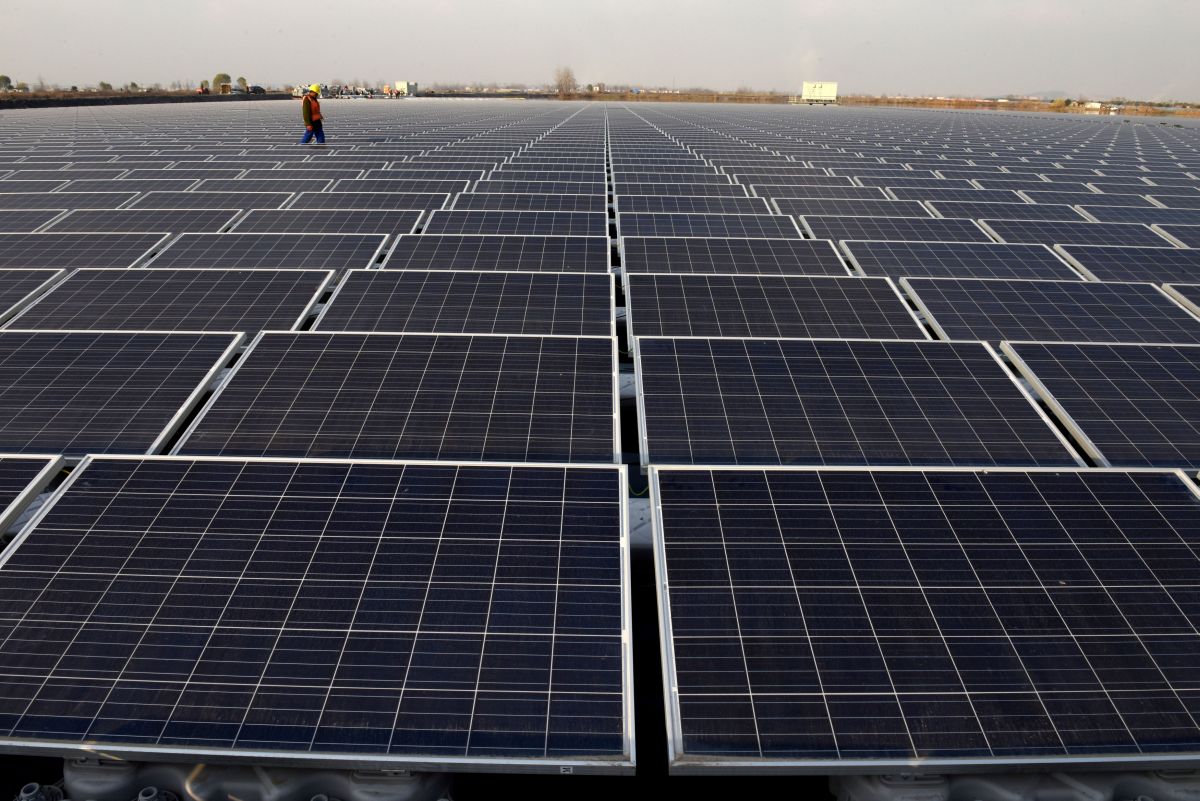
Renewable energy in Ukraine on the verge of change
Electricity production from solar and wind energy in Ukraine is growing by leaps and bounds primarily due to a powerful incentive – a high "green" tariff. Whether this sector is able to maintain its attractiveness depends on the parliament, which is considering a law on the transition from green tariffs to the mechanism for determining the price of electricity at auctions.
Ten years ago, electricity production from renewables was just a fun feature for large companies close to power. However, rapid technological development, which led to a repeated fall in the cost of equipment for the transformation of sunlight and wind into electrical energy, and the new rules introduced in the country, together with a tariff attractive for manufacturers, have become an effective incentive.
At the end of 2018, more than 7,500 households across Ukraine installed solar panels in their backyards or on their roofs. This is almost two and a half times more than in 2017!
Before our eyes, a new energy revolution is influencing the life of ordinary Ukrainians and professional market participants. And it is interesting for many to know what these changes will be in three, five and ten years.
The national renewables sector has passed the stage of formation and is moving to a new stage of development and growth. The market more than ever requires new technological solutions, including the establishment on Ukrainian soil of its own production of specialized equipment and a different level of government regulation.
In the coming weeks, the Verkhovna Rada plans to consider in the second reading a draft law, which provides for a gradual transition from the "green" tariff, which determines the price of electricity from renewable sources, to holding auctions for renewable energy facilities.
Professional energy and private sector enthusiasts agree that the question of finding the right balance between the interests of producers and consumers, which is expressed in the new mechanism for determining the tariff, is key to the prospects of this market. If a high tariff is set, consumers will suffer, while if there is a low tariff, producers will lose incentives and interest.
Does the draft law on the transition from the “green” tariff to the auction mechanism for new energy facilities from 2020 give hope for finding such a compromise and a chance for continued development of the renewable power industry in the country?
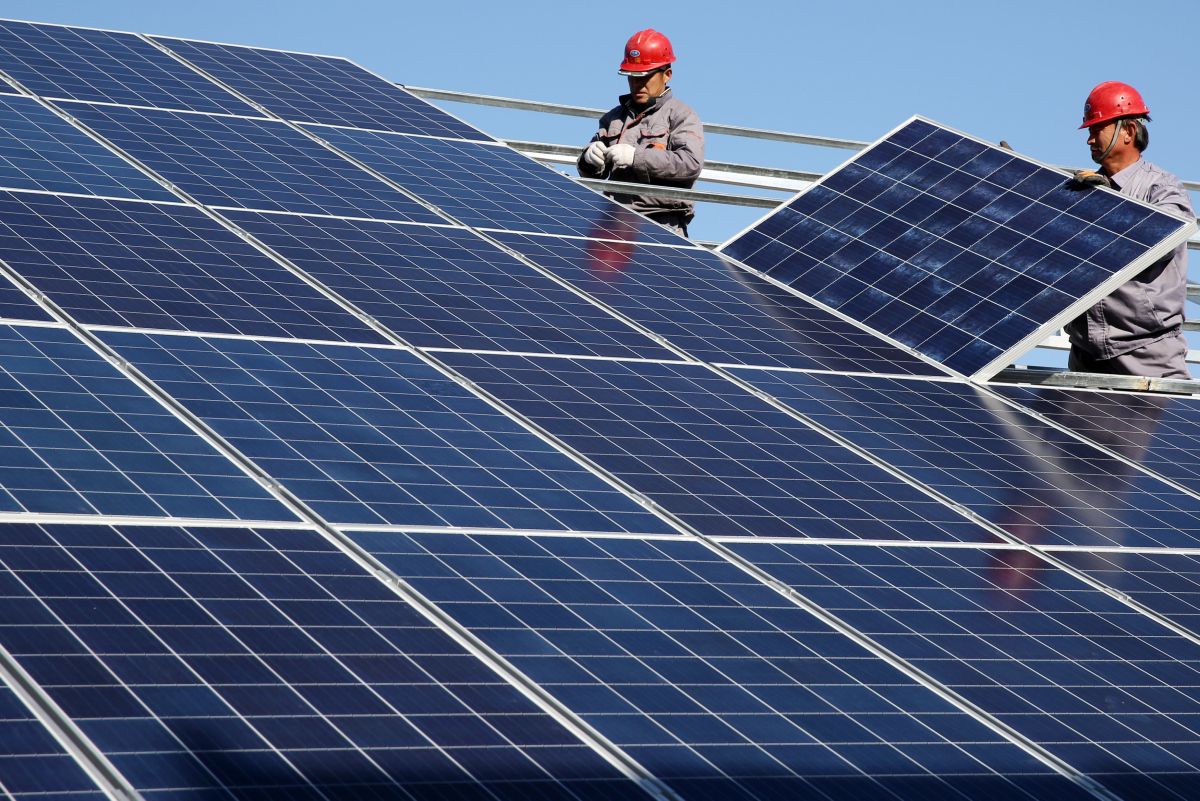
Home generator of electricity and cash
Installing own solar station is becoming cheaper every year because manufacturers are constantly refining and improving the panels. The systems become lighter, while the mirrors and photocells on the surface of which the rays fall are becoming more sensitive, which significantly increases the efficiency of the battery even in conditions of dense clouds that are frequent for our latitudes.
This is important, since a significant part of the country in the period from November to March enjoys direct sunlight only a few days.
Electricity generated by photo modules installed on the roof or in the backyard may well cover own household consumption. A nice bonus of own solar power plant is that if the generation capacity exceeds consumption, the excess is given to the general grid.
According to Ivan Perepelytsia, a specialist in solar energy, a 30 kW power station is now the most popular option for househods in Ukraine, since the payback period is about five years. According to him, if you install 30 kW on the roof, then you need to allocate 200 square meters, and if it's installed on the ground, it should be four or five acres, while the size of one panel is two to one meter. This capacity requires 100 - 110 panels. The entire process of installing a turnkey home power plant takes about three months.
“On average, household consumption is 250-300 kW per month, that is, three or four thousand kilowatts per year. With this option, you can earn about 4,500-5000 dollars a year, already net of income tax,” the expert estimated.
The peak activity of energy production falls on May, while active energy generation is seen from April to September. In the southern regions, solar is more efficient, while in the western regions of the country, due to long periods of cloudy weather, generation volumes are lower.
The expert noted a new trend among Ukrainian customers, who have ceased to spend money on setting up a system for the winter time, as it was before, since the production of electricity at this time of year will not pay off the cost of re-equipment. It is more reasonable to focus the system only on sunny spring and summer days.
The absolute majority of solar panels installed in Ukrainian households are of Chinese production, since they are an order of magnitude cheaper than higher-quality equipment made in the USA, Europe and Japan.
However, recently the domestic industry has challenged foreign manufacturers of this specialized power equipment. The head of government drew attention to the launch in February 2019 in his native Vinnytsia of a plant for the production of solar cells. Thus, now any Ukrainian can install a domestic solar station with domestic equipment.
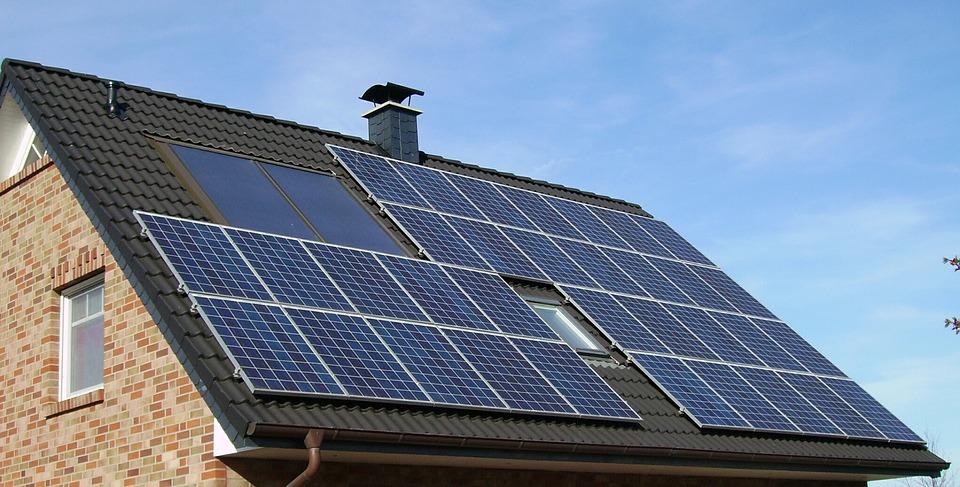
According to Perepelytsia, since July 2018, the price of solar batteries has dropped by about third because Chinese and other manufacturers reduce their offer price every month, at the same time increasing the efficiency of equipment to fight for consumers, and therefore installation of the entire home solar power system becomes cheaper.
"It all depends on the installation conditions: on the ground or on the roof, but on average at the moment the installation cost of a 30 kW capacity is $20,000-24,000, while in June - July last year we had $27,000-28,000," noted Perepelytsia.
Fighting bureaucratic “hell”
To start making money on the sale of electricity to the government using a “green” tariff it is needed to get the station connected to a general grid. To do this, after installing the equipment, it is necessary to prepare a package of documents, stand in lines, and submit the package to the power company. In parallel lines, a special counter shall be installed. And if everything goes without a hitch, then after two or three weeks the lucky ones are connected to the grid.
As all Ukrainians know, the issuance of permits in our country is the favorite type of extortion for officials and all kinds of "authorized" specialists. For unfortunate applicants, getting all approvals turns into going through all circles of hell.
Sky-high tariffs
In 2018, in Ukraine, a record 742.5 MW of new "green" capacities were installed, which is several times higher than in previous years, with a total capacity of this type of generation being 2,117 MW.
This is not surprising, since Ukraine has one of the highest "green" tariffs, at which the state undertakes to buy electricity. Now this tariff is 18 eurocents per kilowatt, while in 2013, it was at 34 cents. In the EU countries, the tariff is several times lower.
From 2011, when Ukraine was just beginning to form a new type of energy production, sky-high tariffs for green generation and capacity expansion were explained by the banal corruption interest of oligarchs close to former President Viktor Yanukovych.
Due to a number of specific requirements, the Ukrainian market for alternative energy was practically closed to foreign and local companies that were not close to the president, who later betrayed his country and disgracefully fled to Russia.
After the Revolution of Dignity, much has changed: the binding norm to have domestic equipment has been replaced by a mechanism of incentive premiums, which takes into account the interests of domestic producers, as well as provides free access for new players to the market.
Legislative innovations
Now Ukraine has come to the stage where it is necessary to revise the mechanism of pricing of electricity produced from alternative sources. The initiators of the change in the rules of the game indicate that the volume of green energy produced in the country at the end of 2018 was two percent, while the price load on the electricity market has already exceeded nine percent.
In this regard, a draft law was prepared that provides for a gradual transition from the “green” tariff to conducting auctions for large generation facilities. In the coming weeks, the Verkhovna Rada should consider the document in the second reading.
Representatives of the European Union more than once called on Ukrainian lawmakers to quickly adopt legislation regulating the transition to auctions.
Legislative innovations, if approved, will provide for the creation of conditions for a real price competition at the auctions, which will inevitably lead to a reduction in tariffs.
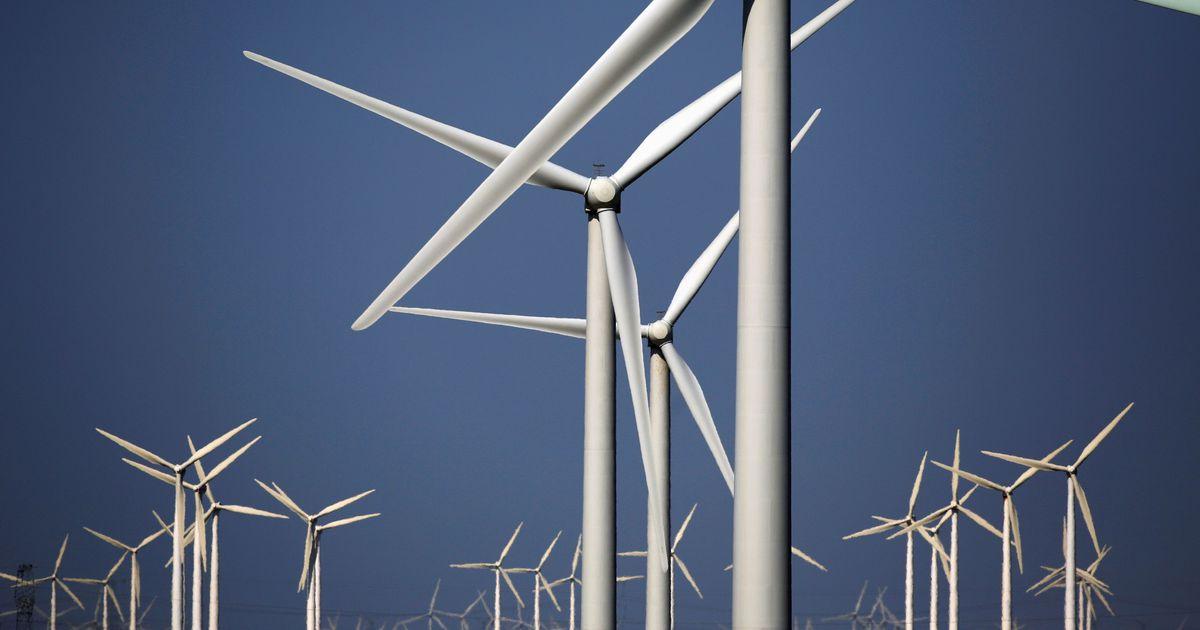
Starting with a capacity of 30 MW for solar and 20 MW for wind, auctions will be mandatory, followed by lowering the threshold to 1 MW for solar and 3 MW for wind, respectively.
According to the head of the Ukrainian Association of Renewable Energy, the head of the Energy Sector (BRDO), Oleksiy Orzhel, the proposed bill has a “stick and carrot” to it.
The “stick” is that larger projects will have to fight for the right to sell electricity, offering the lowest effective price that can be achieved with competitive technologies and attracting cheaper capital.
“Carrot” is the fact that the “green” tariff in accordance with the law is established until 2030, and the contract for the sale and purchase of electric energy at the auction is for twenty years, that is, for the investor, it is better to get a lower tariff, but on a competitive basis and for 20 years.
In search for balance of interests
Thinking about the strategic prospects for the development of this sector of the electric power industry, experts draw attention to the need to maintain a balance between the production of electricity from all sources – nuclear, thermal, hydro, solar, and wind. Moreover, it is necessary to see the prospects for the national energy sector both in the medium and long term, so that today's errors do not have to be corrected by our descendants.
According to one of the authors of the bill, a member of the fuel and energy complex committee, Lev Pidlysetsky, switching to auctions will allow regulating not only the price at which the state will buy electricity, but also the capacity needed by the country.
“Now the system is like this: everyone can build as many objects of renewable sources as they please – the state will buy everything. With the introduction of auctions, there will be a maximum size, and you can’t build more,” said the deputy.
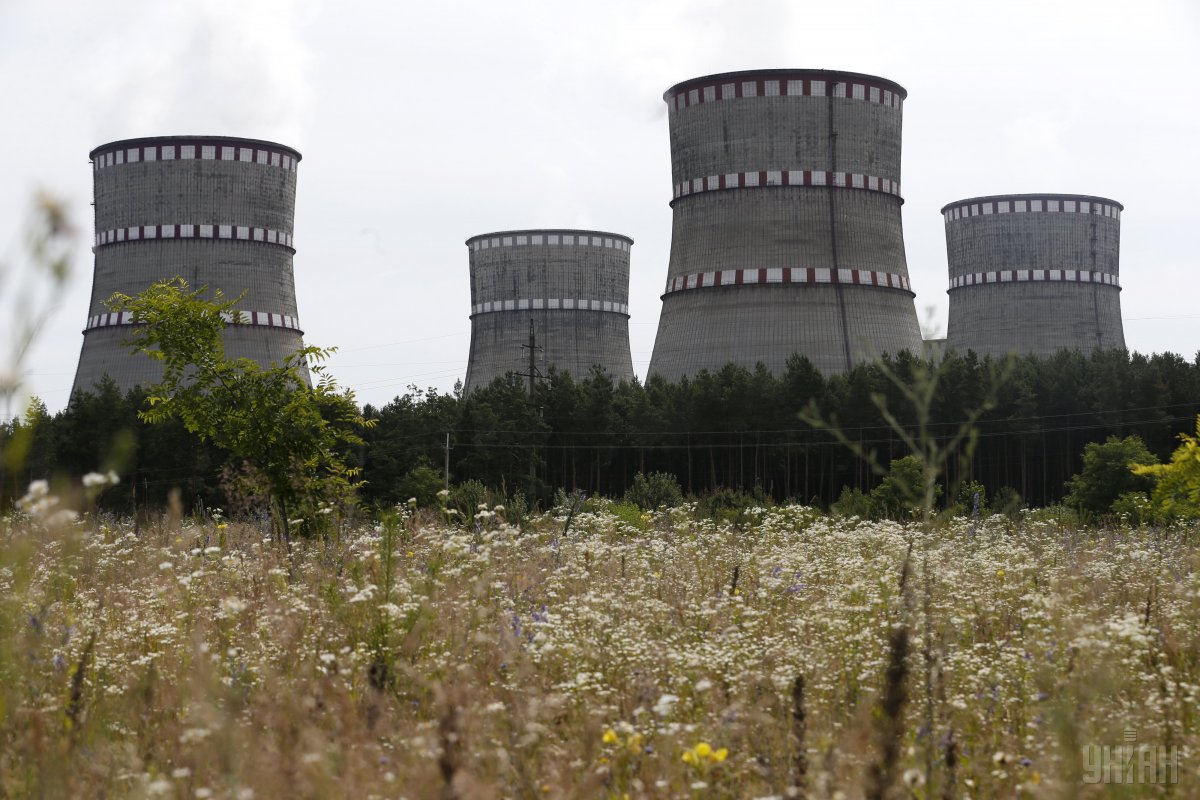
The state will now calculate how many renewable energy facilities need to be installed in a given year in the form of a quota for which participants will fight. The quota will be determined based on an assessment of the adequacy of generating capacity, Ukraine’s international obligations, as well as the ability of the energy system to balance sources and consumption.
Solar and wind energy depends on changeable indicators. If, for example, solar power plants in total produce more than usual, the power grid will overload, and it will be necessary to remove some of the traditional market participants from the grid to level the balance. And the need to respond to sudden factors is too costly for the power industry.
“In the market, it works exactly like this: the operator makes a request for unloading, so that someone stops producing energy, someone needs to be stopped. And who will pay for all this? The answer is consumer,” explained Pidlysetsky.
Realizing that the cost of electricity, embedded in all goods and services, is growing at a galloping pace, Ukraine comes to an understanding: if you don’t learn to calculate the required energy capacity and don’t control the price, the market may lose balance and collapse. The example of Spain, where the “green” tariff was canceled restrospectively because the country's energy market could not function, is indicative.
The situation of Ukraine is not unique. When the development of alternative energy reached a certain level, many European countries eventually abandoned the "green" tariff and introduced a system of auctions. Our country is following this path.
Only time will tell whether Ukraine succeeds in not losing the chosen course of increasing the share of renewable energy sources and not destroying the overall energy balance of the country.
In any case, experts do not expect significant negative consequences from the transition to new pricing principles in the market.
“Reducing the tariff will not greatly affect the payback period, it will increase by about a few months, but still people will install a lot. By the summer, according to our forecasts, the equipment will become cheaper by another twenty percent, which eliminates the reduction of the “green” tariff,” Perepelytsia said.
Anna Bredikhina

